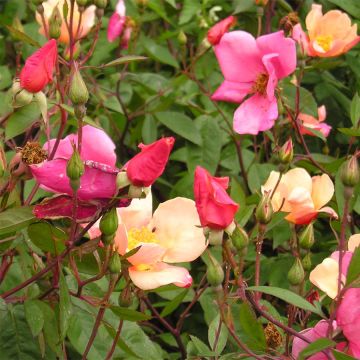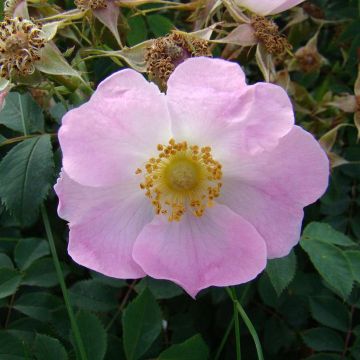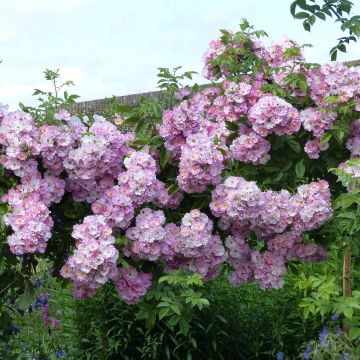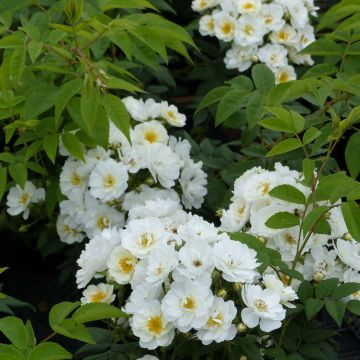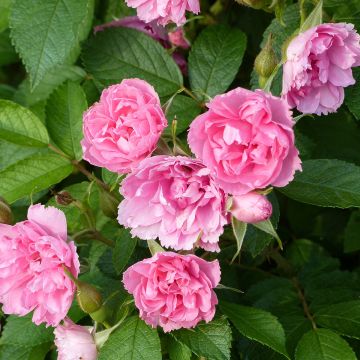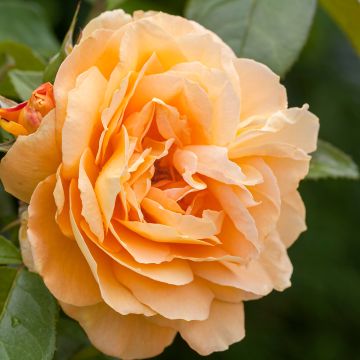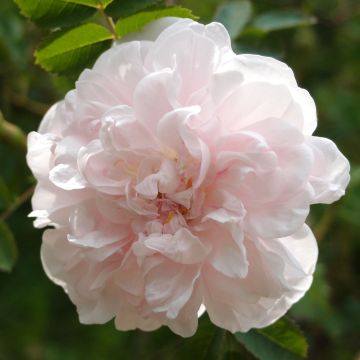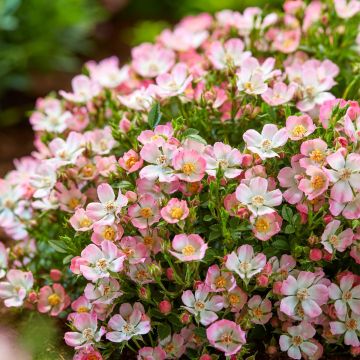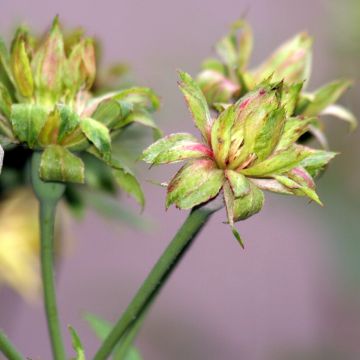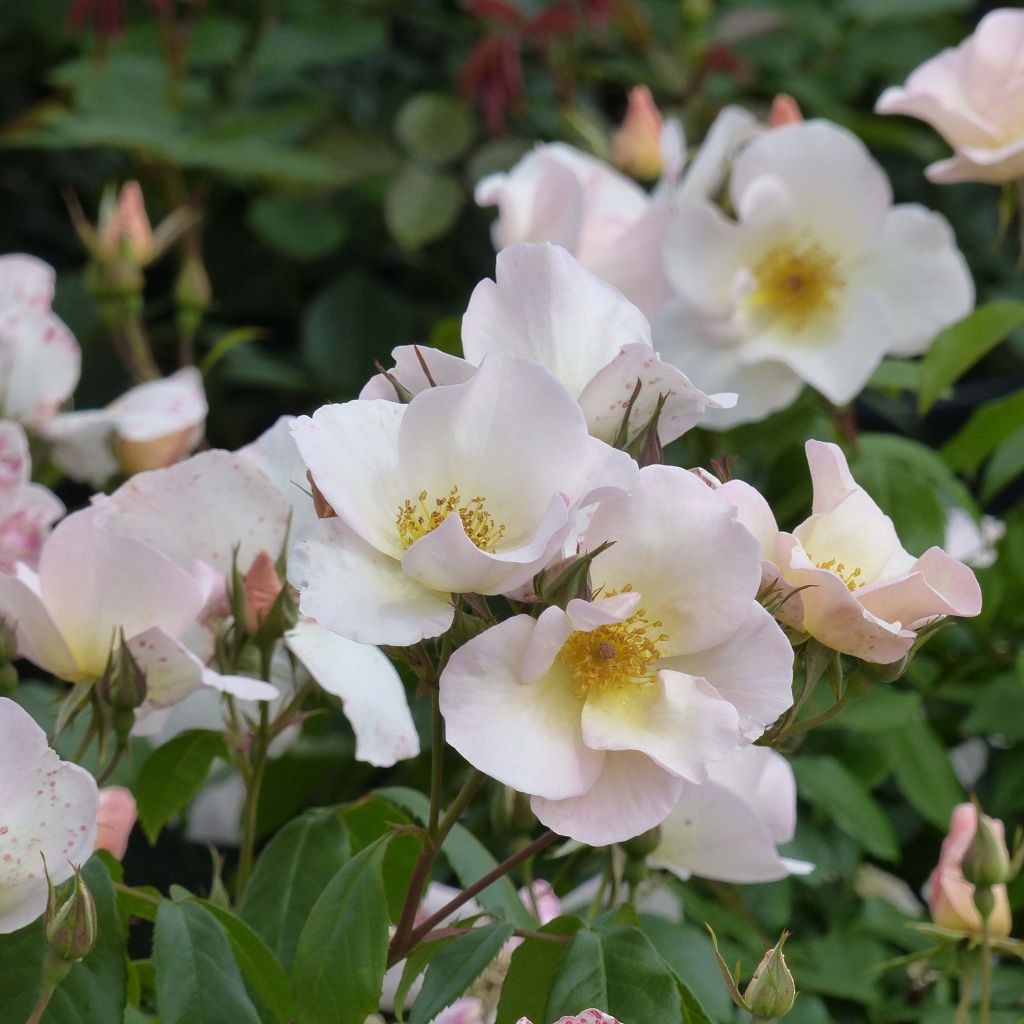

Rosa Sally Holmes
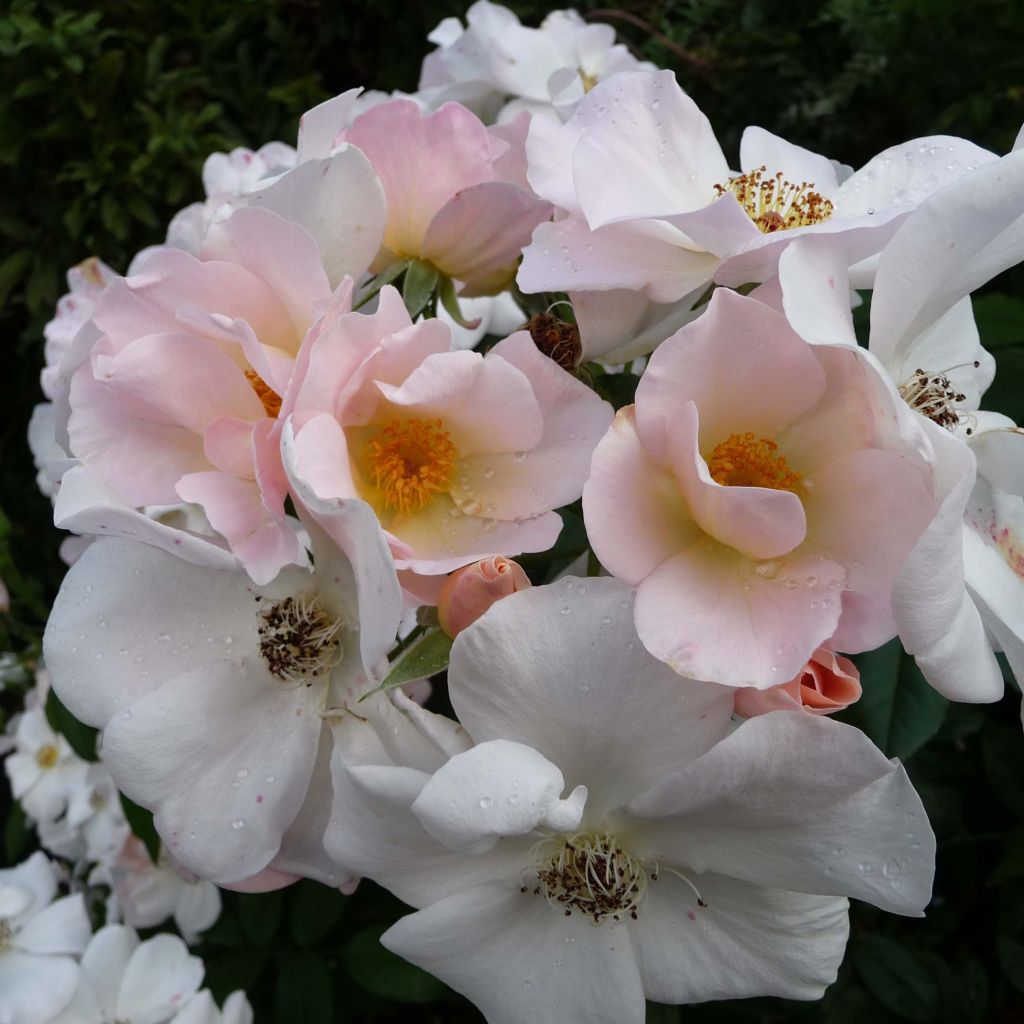

Rosa Sally Holmes
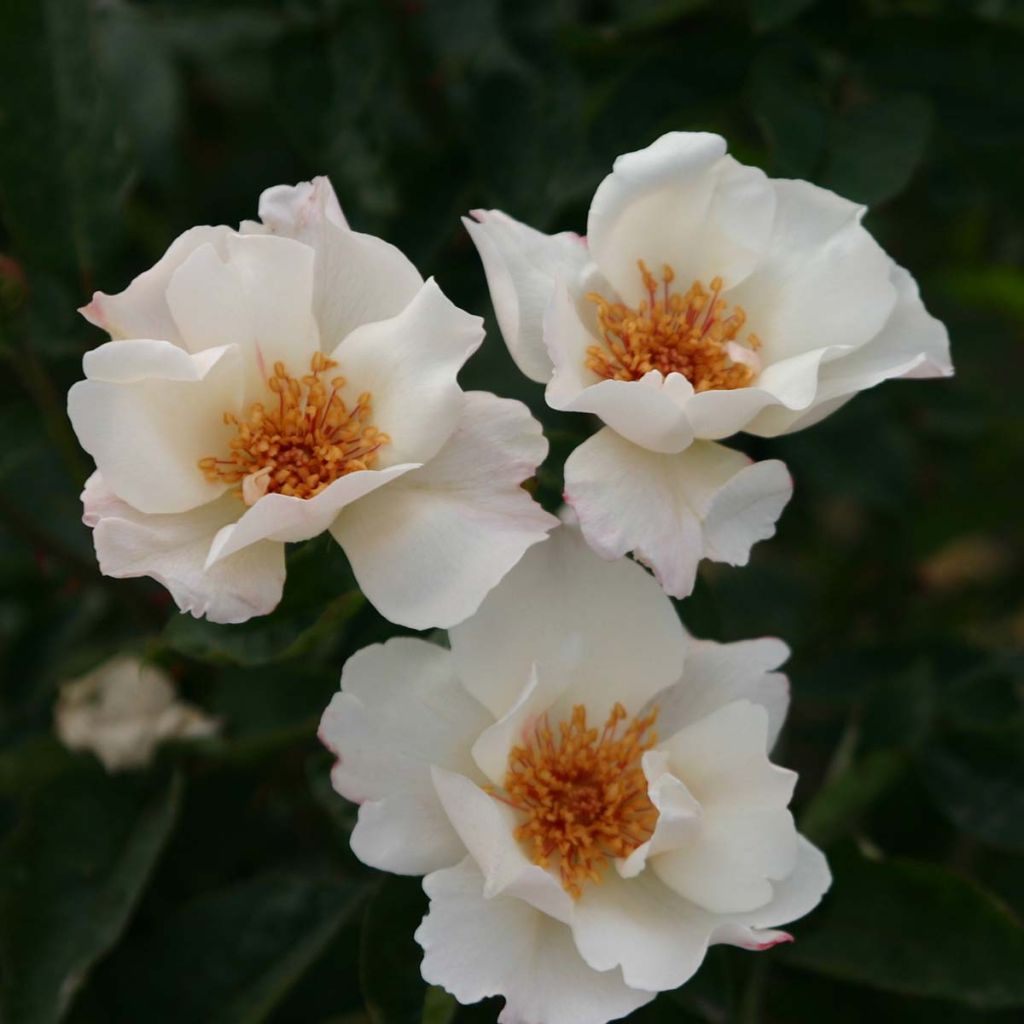

Rosa Sally Holmes
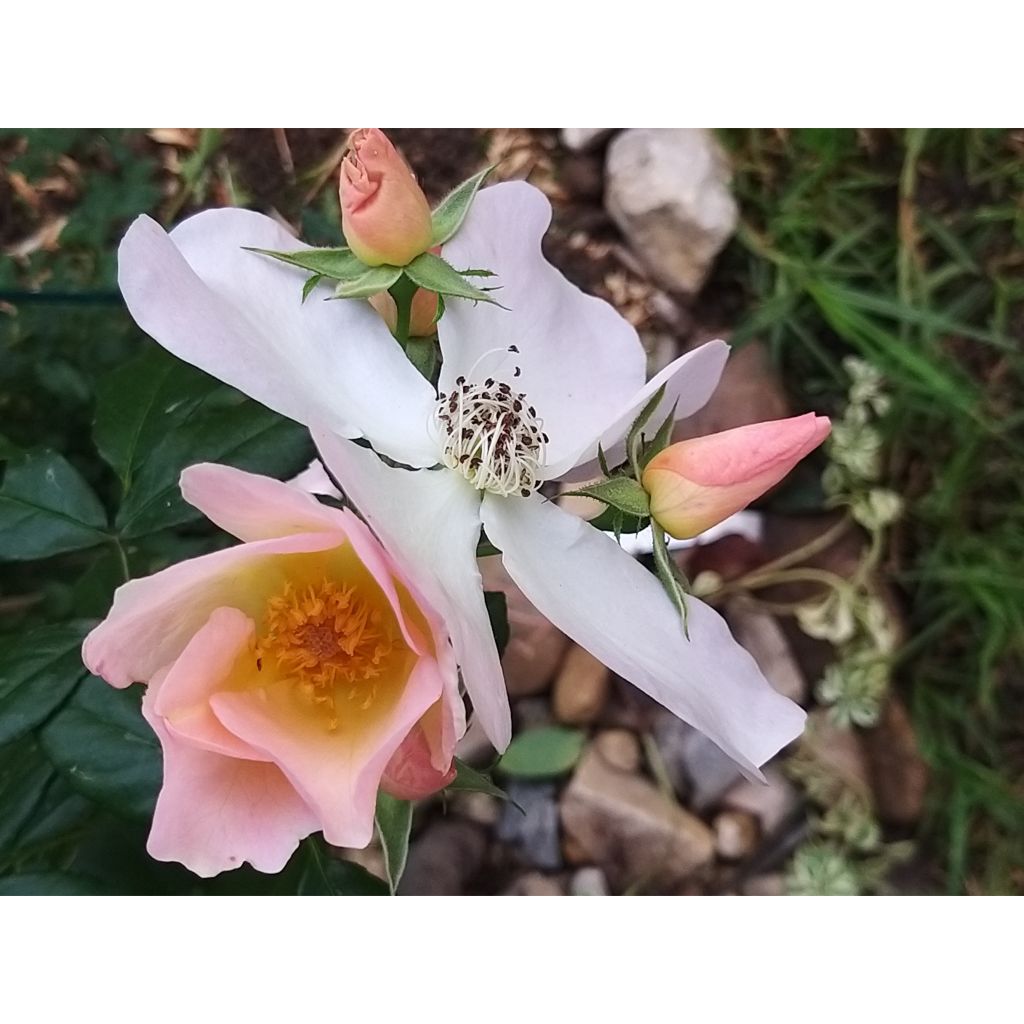

Rosa Sally Holmes
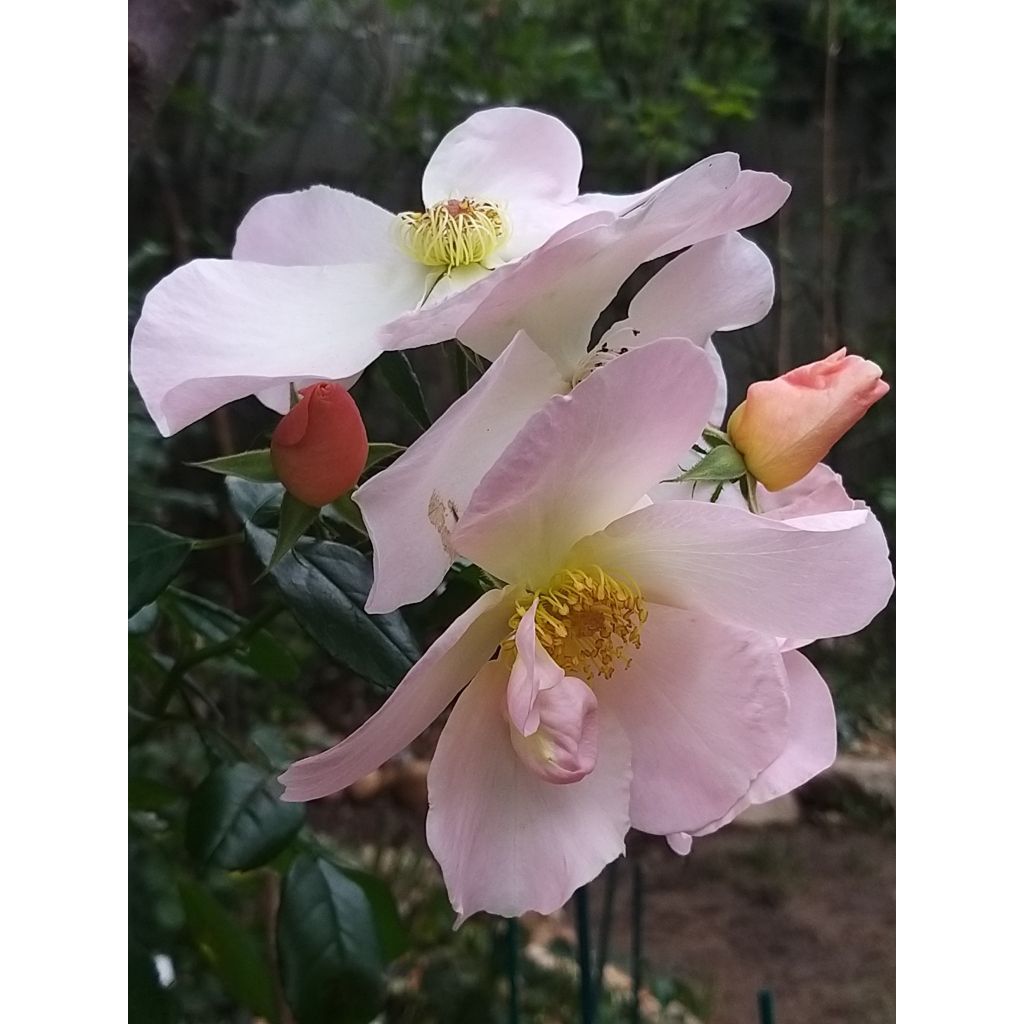

Rosa Sally Holmes
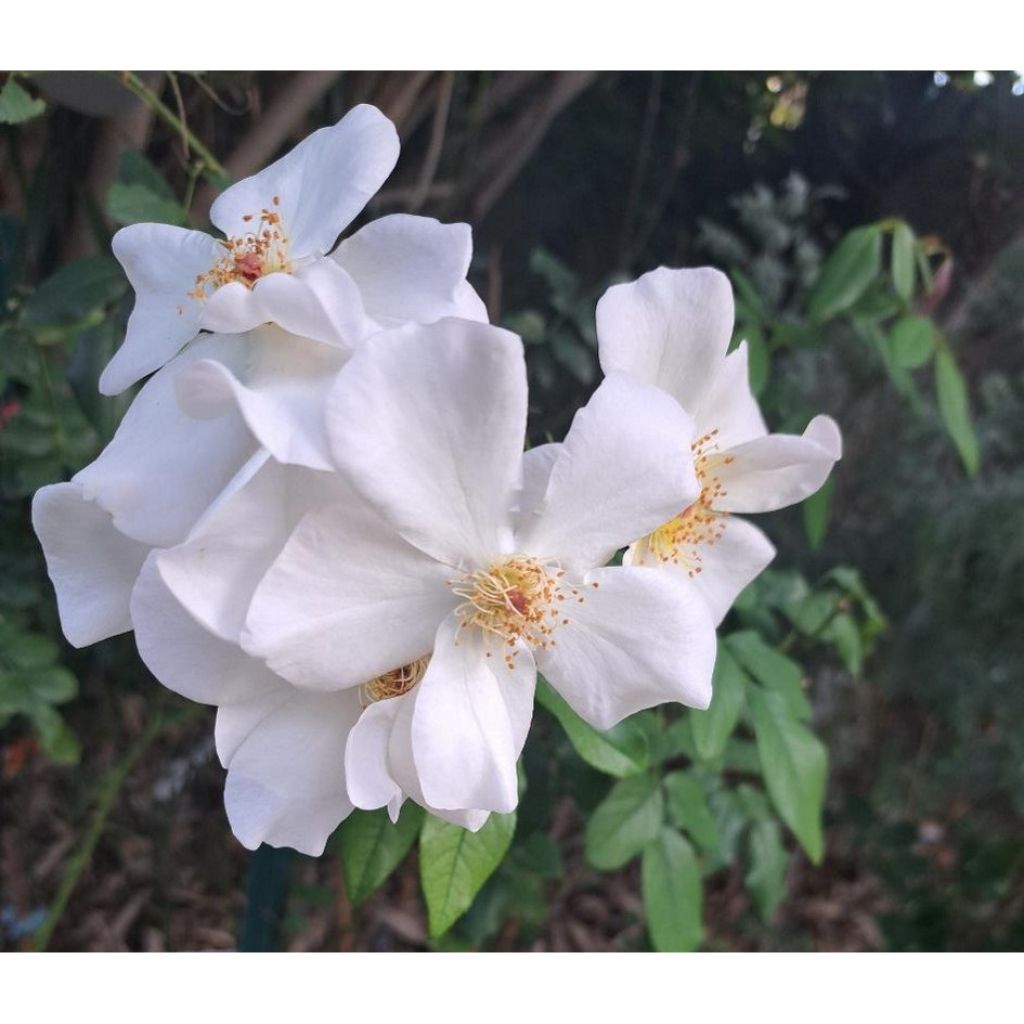

Rosa Sally Holmes
Rosa Sally Holmes
Rosa Sally Holmes
Rose
This item cannot be shipped to the selected country
Delivery charge from €5.90
Delivery charge from €5.90
Delivery to Corse prohibited
More information
Schedule delivery date,
and select date in basket
This plant carries a 24 months recovery warranty
More information
We guarantee the quality of our plants for a full growing cycle, and will replace at our expense any plant that fails to recover under normal climatic and planting conditions.
From €5.90 for pickup delivery and €6.90 for home delivery
Express home delivery from €8.90.
From €5.90 for pickup delivery and €6.90 for home delivery
Express home delivery from €8.90.
Delivery to Corse prohibited: UE law prohibits the import of this plant from mainland France to Corse as part of the fight against Xylella fastidiosa. Please accept our sincere apologies.
More information

Does this plant fit my garden?
Set up your Plantfit profile →
Description
The 'Sally Holmes' Rose is truly different. It is a modern bush rose, highly recurrent, which possesses the charm and simple flowers of botanical roses. Vigorous, with an upright habit and beautiful bright green foliage, ample and shiny, it offers almost continuously generous bouquets of large single flowers like wild roses, of a delicate pale pink colour becoming white when fully open. Original and graceful, it allows, for example, for the formation of a subtly scented rose hedge late in the season.
Rosa 'Sally Holmes', awarded by the RHS in England, is part of the varieties developed by the English rosarian, Holmes, famous for his few but top-notch creations, as with Fairy Snow or 'Fred Loads'. It was introduced to the horticultural market in 1976, the year of the drought that left its mark. Is it a coincidence that it is well adapted to hot climates? It is the result of the marriage between the roses 'Ivory Fashion' and 'Ballerina'. Depending on the pruning it receives in spring, it forms a large bush of 1.8 to 2 m (5 ft 11 in to 6 ft 7 in) in height and 1 m (3 ft 4 in) in width, which can be left free or trained as a small climber. Very branched, vigorous but flexible, it is very thornless and covered with healthy, ample, slightly shiny bright green foliage. It proves to be highly resistant to rose diseases. Its flowering is remarkably long, lasting almost 5 to 6 months. This shrub renews its 8 cm (3.1 in) diameter corollas, composed of 5 to 8 petals, in successive waves from summer until late autumn, forming large terminal bouquets. The well-tightened buds, of a very soft pink colour, open into simple cups barely tinged with pink. They quickly turn ivory-white, all these pastel shades mingling in its bouquets. Their pleasant fragrance is rather light, with musky notes.
'Sally Holmes' dresses a garden in a unique way, to the point that it seems to have always been there. Truly charming and generous, it forms by itself a shrub that is both simple and highly ornamental at the back of a flower bed. It is easy to train on a pole, a small arbour, a slightly shaded wall or a column. In a country hedge, it gets along well with 'Clair matin' and 'Mozart', which have the same temperament. Like other large roses, it is incomparable for giving a little touch of abandonment when planted above overly strict flower beds. It is an ideal companion for an old fruit tree, a small pillar, and cabins to which it gives a crazy charm. Trained on an arch, it will constitute an interesting structural element in an "English-style" garden. As it is easy to maintain a bushy habit, it can also be planted in a mixed hedge, in the company of abelias, Mexican orange trees, spindle trees, or, for example, botanical roses (R.complicata, R. Hansa, R. moyesii).
Report an error about the product description
Rosa Sally Holmes in pictures
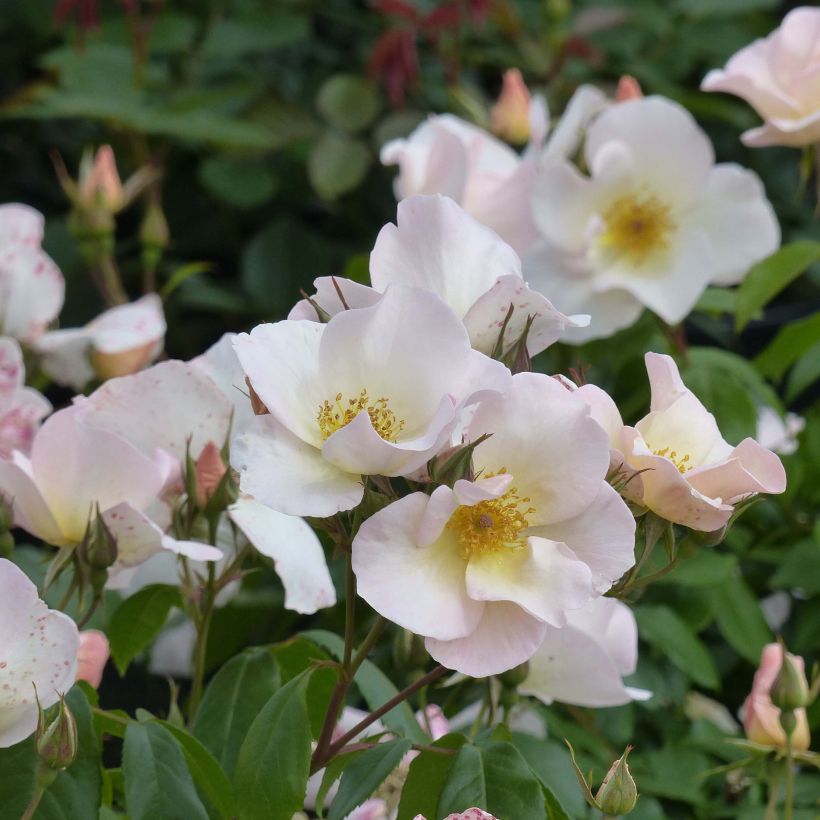

Plant habit
Flowering
Foliage
Botanical data
Rosa
Sally Holmes
Rosaceae
Rose
Cultivar or hybrid
Rosa canina Laxa (3L/4L pot, Wrapped bare root)
Other Traditional Roses
Planting and care
To plant your potted rose, work the soil to a depth of 25 cm (9.8 in), crumbling the soil well and placing a bottom compost such as dried blood or horn. Position your plant, freed from its pot, covering the top of the root ball with 3 cm (1.2 in) of soil, fill in the hole and water generously to remove any air pockets. In dry weather, it is necessary to water regularly for a few weeks to facilitate root growth. Also, remember to provide your rose with special rose fertiliser that stimulates plant flowering.
Plant the 'Sally Holmes' rose from November to March in ordinary, well-loosened soil. Roses prefer clayey soils that are rather heavier than light, and rich in nutrients. In soils that are too sandy, compact, or dry in summer, it is advisable to bury loam, decomposed manure, or compost at the bottom of the planting hole. However, this rose is sensitive to waterlogged soils in winter. Place it in a very sunny location, or at most in partial shade in hot climates. Roses are nutrient-demanding plants, and applying specific fertiliser will be beneficial at the start of vegetation and regularly throughout flowering. To encourage re-blooming, regularly remove faded flowers. Floribunda rose varieties are more vigorous and floriferous than large-flowered rose varieties. Therefore, prune the stems to about one-quarter of their length (from 4 to 6 eyes from the base of the stem) in late winter. Always prune above an outward-facing bud to promote bushy growth and prevent branches from intertwining in the centre of the branches.
Roses are often stained or unsightly at the end of summer, but this is not a problem for their development. These stains are not harmful to the rose; it is a natural phenomenon.
Planting period
Intended location
Care
-
, onOrder confirmed
Reply from on Promesse de fleurs
Haven't found what you were looking for?
Hardiness is the lowest winter temperature a plant can endure without suffering serious damage or even dying. However, hardiness is affected by location (a sheltered area, such as a patio), protection (winter cover) and soil type (hardiness is improved by well-drained soil).

Photo Sharing Terms & Conditions
In order to encourage gardeners to interact and share their experiences, Promesse de fleurs offers various media enabling content to be uploaded onto its Site - in particular via the ‘Photo sharing’ module.
The User agrees to refrain from:
- Posting any content that is illegal, prejudicial, insulting, racist, inciteful to hatred, revisionist, contrary to public decency, that infringes on privacy or on the privacy rights of third parties, in particular the publicity rights of persons and goods, intellectual property rights, or the right to privacy.
- Submitting content on behalf of a third party;
- Impersonate the identity of a third party and/or publish any personal information about a third party;
In general, the User undertakes to refrain from any unethical behaviour.
All Content (in particular text, comments, files, images, photos, videos, creative works, etc.), which may be subject to property or intellectual property rights, image or other private rights, shall remain the property of the User, subject to the limited rights granted by the terms of the licence granted by Promesse de fleurs as stated below. Users are at liberty to publish or not to publish such Content on the Site, notably via the ‘Photo Sharing’ facility, and accept that this Content shall be made public and freely accessible, notably on the Internet.
Users further acknowledge, undertake to have ,and guarantee that they hold all necessary rights and permissions to publish such material on the Site, in particular with regard to the legislation in force pertaining to any privacy, property, intellectual property, image, or contractual rights, or rights of any other nature. By publishing such Content on the Site, Users acknowledge accepting full liability as publishers of the Content within the meaning of the law, and grant Promesse de fleurs, free of charge, an inclusive, worldwide licence for the said Content for the entire duration of its publication, including all reproduction, representation, up/downloading, displaying, performing, transmission, and storage rights.
Users also grant permission for their name to be linked to the Content and accept that this link may not always be made available.
By engaging in posting material, Users consent to their Content becoming automatically accessible on the Internet, in particular on other sites and/or blogs and/or web pages of the Promesse de fleurs site, including in particular social pages and the Promesse de fleurs catalogue.
Users may secure the removal of entrusted content free of charge by issuing a simple request via our contact form.
The flowering period indicated on our website applies to countries and regions located in USDA zone 8 (France, the United Kingdom, Ireland, the Netherlands, etc.)
It will vary according to where you live:
- In zones 9 to 10 (Italy, Spain, Greece, etc.), flowering will occur about 2 to 4 weeks earlier.
- In zones 6 to 7 (Germany, Poland, Slovenia, and lower mountainous regions), flowering will be delayed by 2 to 3 weeks.
- In zone 5 (Central Europe, Scandinavia), blooming will be delayed by 3 to 5 weeks.
In temperate climates, pruning of spring-flowering shrubs (forsythia, spireas, etc.) should be done just after flowering.
Pruning of summer-flowering shrubs (Indian Lilac, Perovskia, etc.) can be done in winter or spring.
In cold regions as well as with frost-sensitive plants, avoid pruning too early when severe frosts may still occur.
The planting period indicated on our website applies to countries and regions located in USDA zone 8 (France, United Kingdom, Ireland, Netherlands).
It will vary according to where you live:
- In Mediterranean zones (Marseille, Madrid, Milan, etc.), autumn and winter are the best planting periods.
- In continental zones (Strasbourg, Munich, Vienna, etc.), delay planting by 2 to 3 weeks in spring and bring it forward by 2 to 4 weeks in autumn.
- In mountainous regions (the Alps, Pyrenees, Carpathians, etc.), it is best to plant in late spring (May-June) or late summer (August-September).
The harvesting period indicated on our website applies to countries and regions in USDA zone 8 (France, England, Ireland, the Netherlands).
In colder areas (Scandinavia, Poland, Austria...) fruit and vegetable harvests are likely to be delayed by 3-4 weeks.
In warmer areas (Italy, Spain, Greece, etc.), harvesting will probably take place earlier, depending on weather conditions.
The sowing periods indicated on our website apply to countries and regions within USDA Zone 8 (France, UK, Ireland, Netherlands).
In colder areas (Scandinavia, Poland, Austria...), delay any outdoor sowing by 3-4 weeks, or sow under glass.
In warmer climes (Italy, Spain, Greece, etc.), bring outdoor sowing forward by a few weeks.

































